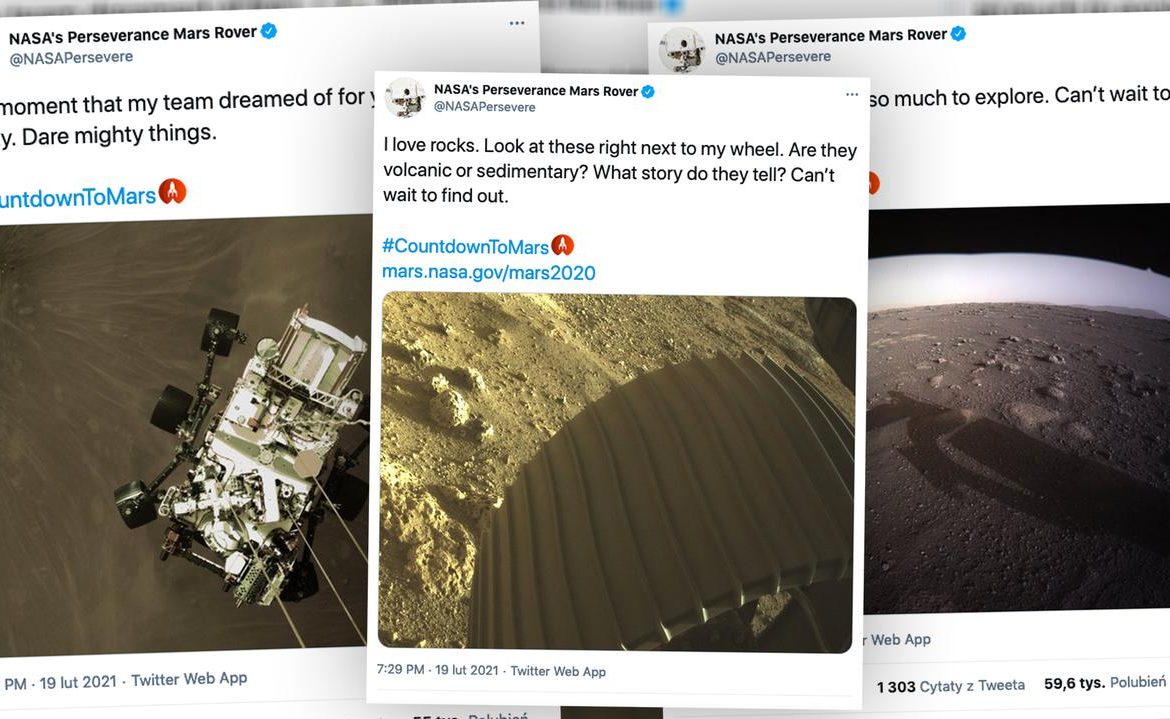The US Space Agency (NASA) has released three new images of the Martian surface taken by the Perseverance rover. “There is an open horizon behind which there is a lot to discover,” he wrote under one of the photos posted on the vehicle’s official profile on Twitter. “This is our first color image from the surface of Mars,” said Haley Jingle from NASA.
At Friday’s press conference, NASA showed a new image showing the moment before the US’s persistent planetary spacecraft landed on Mars. The photo shows the machine flying against the background of the Red Planet.
“This is our first color image from the Hazcam and our first color image from the surface of Mars,” said Haley Jingle of NASA. Hazcam cameras are a kind of rover “eyes”. Their mission is to search for obstacles under their wheels.
Photo posted on Perseverance rover Twitter account. “The moment my team dreamed of for years is now a reality. He dared to do great things,” he wrote.
“An open skyline with much beyond to discover.”
The day after the historic landing, perseverance did indeed send some amazing pictures of Mars’ surface back to Earth. One of them shows an endless desert with a Mars horizon in the background. “The open horizon beyond which there is a lot to discover. I cannot wait” – we read in the post.
In another photo that the rover “posted” on Twitter, you can see large, rough rocks. “I love rocks. Look at the ones right next to my wheel. Are they volcanic rocks or sedimentary rocks? What’s the story behind that? I can’t wait to find out,” the tweet said.
Historic landing
The “perseverance” spacecraft landed on Mars on Thursday. This is part of the NASA Mars 2020 mission. The rover was delivered to the surface of Mars via a special landing platform, which, at a height of 21.3 meters, launched it on lines and deposited it gently on the surface of Mars.
The rover, which is the size of a car and weighs just over a ton, landed in the Jezero crater, which has a diameter of 49 km. Perhaps in ancient Mars history there was a lake of liquid water at this place.
NASA scientists set several scientific goals for the mission of perseverance. The rover will look for traces of organic life, and measure the chemical and mineral composition of the surface, as well as temperature, wind speed and direction, pressure, relative humidity, and the properties of dust floating in the atmosphere.
The collected samples will return to the ground and allow you to better prepare for the following tasks. Also of interest is how to demonstrate technical and technological solutions applied, which can be used in future tasks, including those involving people.

“Devoted organizer. Incurable thinker. Explorer. Tv junkie. Travel buff. Troublemaker.”







